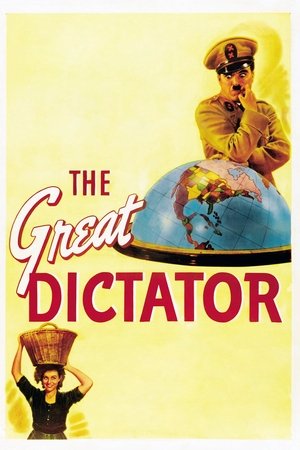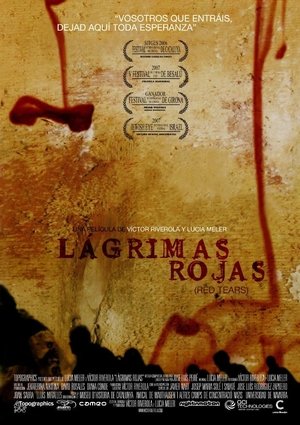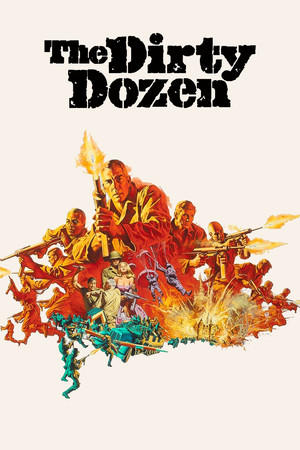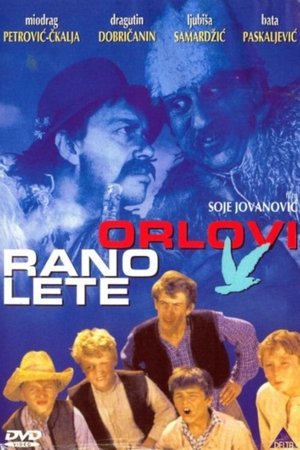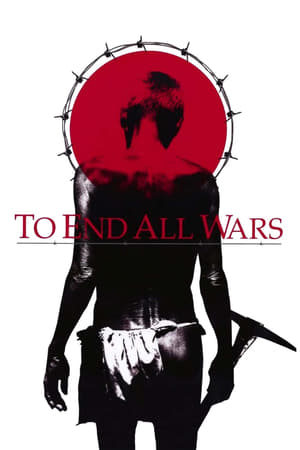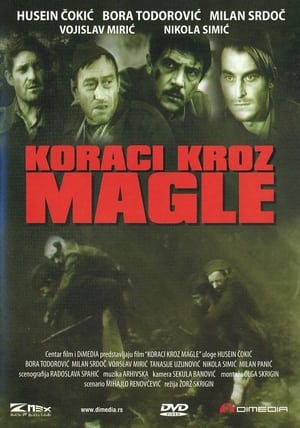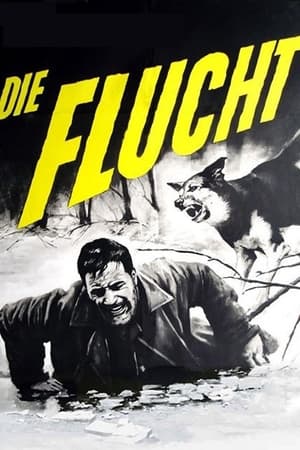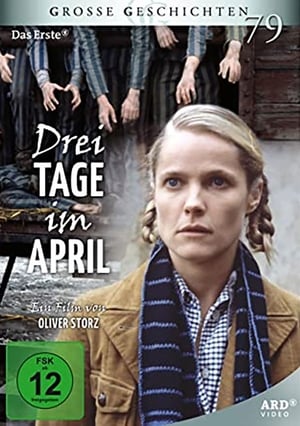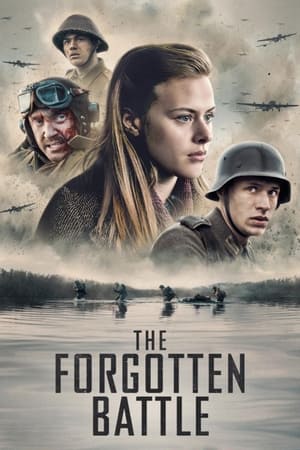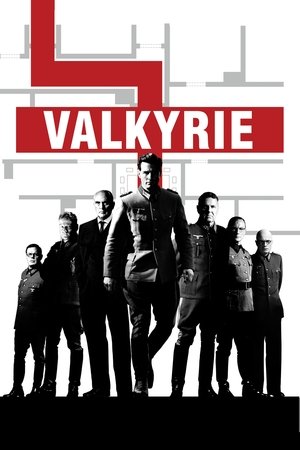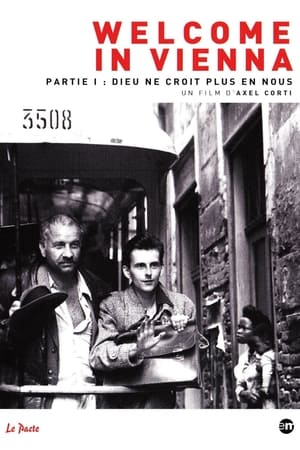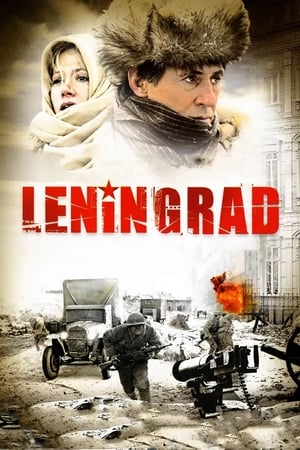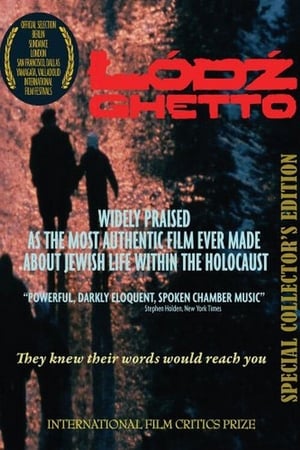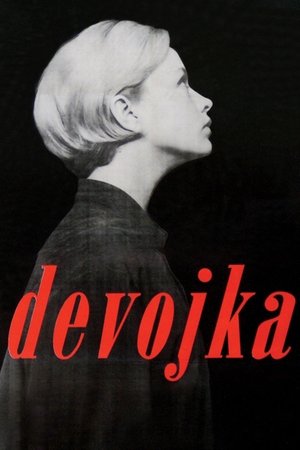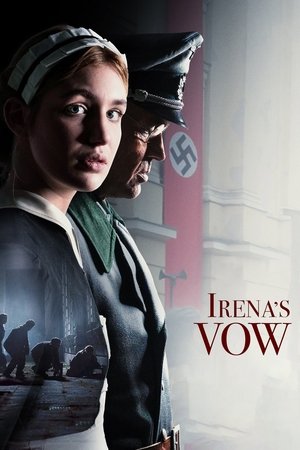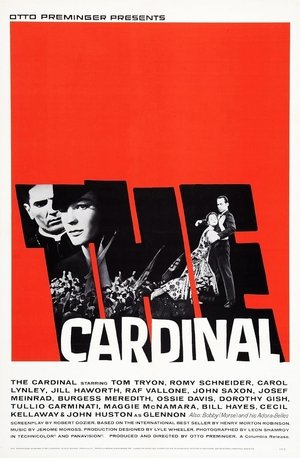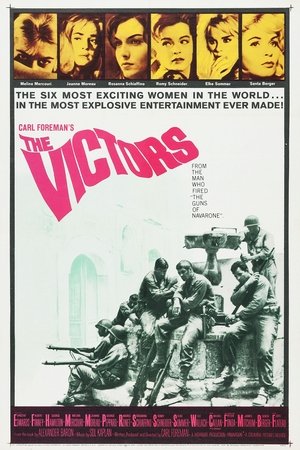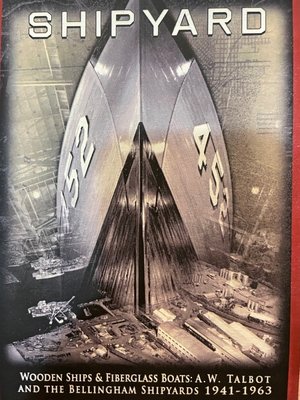Overview
A tribute to the courage and resiliency of Britons during the darkest days of the London Blitz.
Reviews
With the blitz already five weeks old, this short feature illustrates the determined stoicism of Londoners as they exchange their daytime garb for their nighttime one and prepare to man the city’s defences in preparation for the next visit by the Luftwaffe. What always impressed me with these documentaries is that despite all hell breaking loose, the electricity and the water supplies still seem to endure the attacks. The people are sheltering in underground shelters and their lights are on, offering them a comfort blanket that ordinarily one might just take for granted. Next morning, and the city rises with the sun, cleans up the mess and with the King and Queen offering a fillip to the people clearing up the mess this film offers us a patriotic but not propagandist story of a city under siege.

 9 min
9 min
 6.6
6.6
 1940
1940
 United Kingdom
United Kingdom
 CinemaSerf wrote:
CinemaSerf wrote: